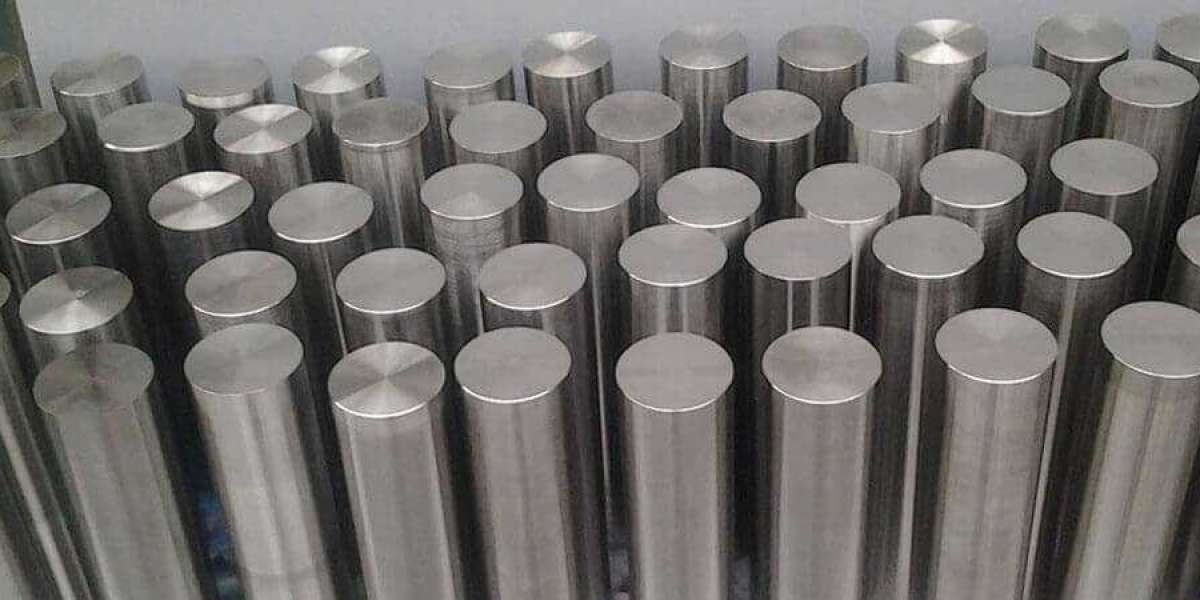Stainless Steel 316 Round Bar is a solid cylindrical metal rod composed primarily of iron, chromium (16-18%), nickel (10-14%), and 2-3% molybdenum. This addition of molybdenum is what sets grade 316 apart from grade 304, offering enhanced resistance to corrosion, especially in chloride or marine environments.
What Are the Key Advantages of Using Stainless Steel 316 Round Bar?
This material offers several standout benefits, especially in harsh or corrosive environments:
Superior corrosion resistance: Thanks to its molybdenum content, it performs exceptionally well in saltwater and chemical-rich atmospheres.
High temperature tolerance: Can withstand elevated temperatures up to 870°C in intermittent service and 925°C in continuous service.
Excellent mechanical strength: Maintains strength and durability under mechanical stress and load.
Non-reactive properties: Ideal for applications where hygiene and chemical resistance are essential, such as in pharmaceuticals and food processing.
Ease of fabrication: Can be easily cut, machined, welded, and formed without losing its strength.
These properties make Stainless Steel 316 Round Bar a go-to choice in challenging applications.
Where is Stainless Steel 316 Round Bar Commonly Used?
This alloy finds widespread use across many industries, thanks to its robustness and reliability:
Marine engineering: Ideal for boat fittings, shafts, and underwater equipment.
Chemical and petrochemical industries: Used in pressure vessels, pipelines, and chemical containers due to its corrosion-resistant nature.
Pharmaceuticals and food processing: Frequently used in cleanroom environments and food-grade equipment.
Construction and architecture: Used in facades, structural supports, and outdoor components where exposure to the elements is frequent.
Automotive and aerospace: Selected for critical components that require high strength and resistance to heat or chemicals.
Its versatility ensures that Stainless Steel 316 Round Bar remains an industry standard for precision engineering and construction.
How Does Stainless Steel 316 Round Bar Compare to Other Grades?
When compared to other stainless steel grades like 304, 303, or 321:
Better corrosion resistance than 304, particularly against chlorides and acidic environments.
More weldable and formable than 303, which is often used for machining but lacks versatility.
Offers better high-temperature resistance than 304, making it suitable for thermal processing equipment.
Although it may be more expensive than some grades, its performance often justifies the additional cost in critical applications.
How to Choose the Right Stainless Steel 316 Round Bar?
Before selecting a round bar for your project, consider the following:
Application environment: Will it be exposed to salt, moisture, or chemicals?
Size and tolerance requirements: Do you need precision ground bars or standard tolerance?
Surface finish: Polished finishes may be essential for food-grade or aesthetic applications.
Mechanical specifications: Make sure it meets relevant ASTM standards like ASTM A276 or A479.
Working with a trusted supplier can help ensure you get quality-tested materials with proper certification and support.
Conclusion:
Whether you're designing for marine hardware, industrial plant equipment, or sanitary systems, Stainless Steel 316 Round Bar delivers unmatched strength and corrosion resistance. It's a dependable material that supports innovation and reliability across critical sectors.







